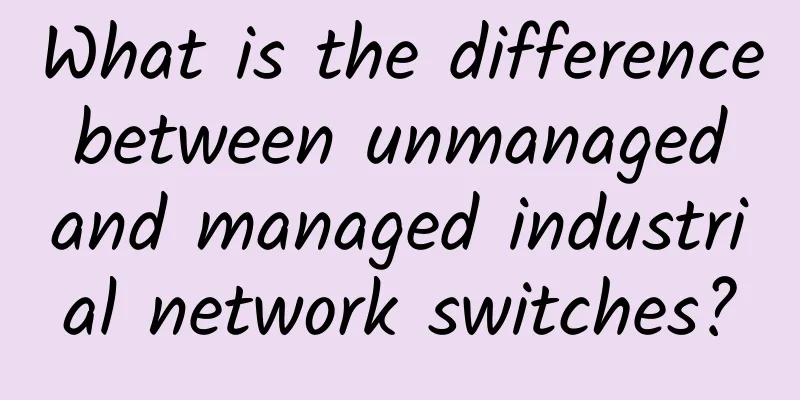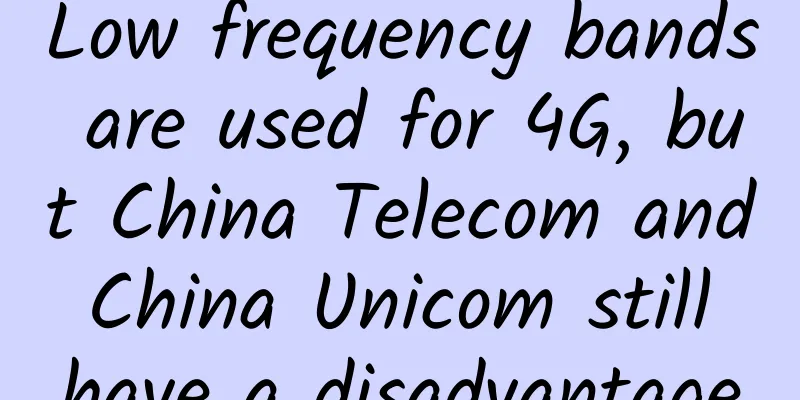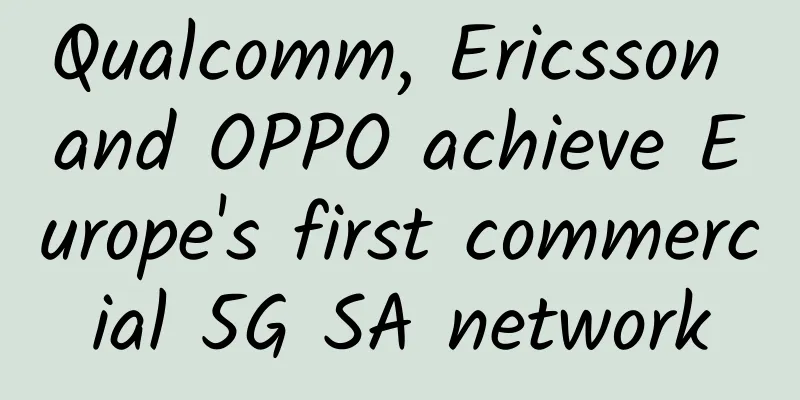The content road for operators may not be smooth

|
Since 2018, the gap between traffic volume and revenue has continued to widen. In the absence of the concept of small profits but quick turnover and increasing growth pressure, operators have shifted their focus to building a content ecosystem, trying to create an integrated or one-stop operation model of pipeline + content. We all recognize the importance of content and believe that operators need to make achievements in the content field. However, the content road for operators may not be smooth.
1. Lessons from the US Operators’ Content Path For a long time, the innovation and experimentation of foreign operators, including the United States, have been leading the development trend of the communications industry. In the construction of content ecology, the United States is an absolute pioneer. AT&T of the United States was the first to enter the content industry and snapped up DirecTV and Time Warner. In 2015, AT&T acquired DirecTV, the largest satellite TV service provider in the United States, at a high price of US$48.5 billion and obtained approval from all parties. Two years ago, AT&T further enriched its DirecTV business and launched the OTT video service DirecTV Now. In 2018, AT&T completed the century acquisition of the prestigious Time Warner worth US$85 billion. Verizon, which is similar to AT&T, is also optimistic about content and has no hesitation in building a content ecology. In 2015, Verizon acquired America Online (AOL) for US$4.4 billion and acquired one of the industry's leading advertising technology platforms. In June 2017, Verizon completed the acquisition of Yahoo's core Internet business for US$4.48 billion. More than a year ago, Verizon merged AOL and Yahoo to form Oath, an online advertising subsidiary that includes more than 50 media and technology brands, including the Huffington Post and TechCrunch, reaching more than one billion users worldwide. We must take the firm determination of internationally renowned operators represented by AT&T and Verizon in building a content ecosystem. However, after a period of operation, there are signs of whether the previous acquisitions are successful. Among them, after writing down $4.6 billion in the previous quarter, Verizon immediately announced that it would lay off 7% of its media business employees, about 800 people; AT&T recently announced unoptimistic video business performance, and its video business users lost seriously in the fourth quarter of 2018. After the performance was announced, AT&T's stock price fell 5% on the same day. Contrary to the poor performance of the above two operators in the content ecosystem, T-Mobile US, also an American operator, has begun to speak out about entering the content field. However, unlike AT&T and Verizon seeking their own copyrights and ownership in the content ecosystem, in the company's earnings conference call, the management team of T-Mobile US said that the company will enter the content field, but prefers the concept of aggregation rather than creation and ownership. It can be said that T-Mobile US is exploring another path to build a content ecosystem. As for which path will eventually work, we will continue to pay attention. 2. The layout of my country's operator content ecosystem At this stage, the content ecology is mainly concentrated in the field of consumer Internet, and it is nothing more than the following aspects: video, games, e-commerce, information, etc. At present, the regulatory authorities have continued to increase the supervision of games. Other videos, consulting and e-commerce may be the main components of the content ecology. In the construction of the content ecology, China Mobile is the most active one and has achieved relatively fruitful results. In particular, Migu, a subsidiary of China Mobile, has received much attention. Migu has made it its goal to become the national team of content, especially when many short video websites and self-media platforms have been interviewed and rectified by the State Administration of Radio, Film and Television due to video content issues. First, it spent 1 billion yuan to purchase the World Cup copyright to make it the only designated channel for new media. Migu did not disappoint everyone and became famous overnight. Driven by the World Cup, the number of users of Migu video media during the World Cup exceeded 4 billion. In addition to the large-scale purchase of the World Cup copyright, Migu also cooperated with Suning Sports in the broadcast of the event, and signed an official contract with the NBA in December last year to start in-depth cooperation. It can be said that unlike US operators AT&T and Verizon, which have built content ecosystems through mergers and acquisitions, and T-Mobile US, which is exploring the concept of content ecosystem aggregation, China Mobile is taking the path of internal cultivation. As for whether China Mobile's content construction represented by Migu is successful, various signs show that it is in a good upward channel. Unlike China Mobile, China Unicom has taken a path similar to T-Mobile US's content aggregation. The most obvious sign is mixed ownership reform. It can be said that through mixed ownership reform, China Unicom has introduced Internet giants such as BATJ that have access to content resources, opening up a new path for cross-industry integration. Internet-oriented unlimited packages represented by Tencent Wangka have harvested a large amount of traffic from young people. Of course, for China Unicom, the mixed ownership reform model, in which Internet giants invest in China Unicom, is itself a loose alliance that relies on obtaining benefits from China Unicom. Because China Unicom cannot control BATJ, it cannot enjoy all of BATJ's content resources exclusively. Therefore, BATJ sees the benefits and not only cooperates with China Unicom, but also cooperates with China Mobile and China Telecom with a completely open attitude. It can be said that the content resources that China Unicom first occupied were eventually divided by friendly companies. However, this also shows from the side that only by investing in Internet giants such as BATJ and increasing their control over them, and only by forming control over the content in the subdivided fields, can we better build an aggregated content ecosystem. Although games, e-commerce, consulting, payment and other fields are also tempting gold mines, it is not realistic for operators to make full efforts. The current content ecosystem construction in the video field is not only conducive to operations in the 4G era, but also provides basic conditions for the application and innovation of 5G application scenarios. It can be said that the large bandwidth of 5G provides technical support for operators to innovate in video applications such as AR or VR, as well as 4K and 8K. In the connection between people in 5G, the role of video will become more and more prominent. 3. Preliminary Study on the Content Ecosystem Construction Model Take AT&T and Verizon as examples of acquisitions, T-Mobile US as examples of ecological aggregation, China Mobile as examples of self-building, and China Unicom as examples of mixed ownership reform. From the various public information available now, AT&T and Verizon are facing great difficulties in adapting to the local environment by investing in acquisitions and integrating to build content ecosystems. After all, operators lack Internet genes, and this kind of half-way transformation faces great risks. T-Mobile US's ecological aggregation is still in its infancy, and we cannot comment on its future success for the time being. China Mobile's self-building, from the initial cultivation of Internet genes to the final expansion and strengthening, requires time consumption, continuous investment of huge amounts of funds, and more importantly, consistent internal strategic support. China Unicom's mixed ownership reform is essentially the support of Internet giants to China Unicom. If they find that they cannot obtain enough benefits from China Unicom, BATJ and other giants will definitely not hang on China Unicom, and facts have proved that this is indeed the case. Direct investment and M&A faces greater integration risks due to the lack of Internet genes; although rooting and nurturing takes time, it also faces greater risks of internal strategic changes; content aggregation actually faces problems of control and profit distribution. China Unicom's mixed reform is essentially a loose interest cooperation that cannot form a unique joint force. In summary, although China Mobile's model and T-Mobile US have their own advantages and disadvantages, relatively speaking, they may be the most worthy of exploration and trial by other operators. If AT&T and Verizon succeed in their own "surgery" in the future, it may also be worth learning from. In the era of consumer Internet, each sub-sector of the content ecosystem has formed its own leading manufacturers similar to BATJ or ATM, and these leading manufacturers are accelerating their concentration and continuously consolidating their moats. Although the communication pipelines of operators can achieve direct connection with users, the limited effective supply of content ultimately amplifies the dilemma of oversupply of communication pipelines. At the current stage, for operators, finding a suitable content ecosystem construction model is the effective grasp and path to break through the siege of the leading manufacturers with half the effort. |
<<: IPv4 and IPv6: Is the Internet Facing a Split?
>>: How to truly experience 1G internet speed in the 5G era? WiFi has become an important help!
Recommend
Improving 4G resident ratio by adjusting RSRQ measurement parameters
Today, when mobile Internet 4G communication has ...
LOCVPS Korea/Germany/Netherlands VPS 30% off, Korea VPS (2GB/60GB/600GB) monthly payment starts from 38.5 yuan
LOCVPS (Global Cloud) released a promotional plan...
Technology “hidden” by life: WIFI
Nowadays, we use WIFI so many times every day tha...
White Box in the Enterprise: Why Isn't It a Popularity?
[[411229]] If you’re in an enterprise CIO, CFO, o...
Why does TCP need a three-way handshake? Explain it to you in the most popular words
[[422813]] TCP implementation principle and why t...
Learn more about LoRa and LoRaWAN from a few questions
Question 1: What is LoRa? LoRa is the abbreviatio...
Zhao Rong wishes you a happy new year! Hongtu Exhibition!
The tiger is gone and the rabbit is here, everyth...
Various abnormal phenomena and analysis from TCP protocol to TCP communication (Part 1)
Many people always think that learning TCP/IP pro...
Why is it necessary to change the RAN architecture?
First, we need to know why we need to evolve from...
Common social engineering methods for cracking WPA2 passwords and preventive measures
1. Introduction What is social engineering? Socia...
The shortest path to microservice containerization, best practices for microservices on C
Preface Microservices, as a more flexible, reliab...
RAKsmart: 5+253 IP cluster servers starting at $177 per month, with data centers in Los Angeles/San Jose/Japan/Hong Kong available
Earlier this month, we shared the popular cloud s...
Kuroit: Los Angeles/Phoenix data center from £2/month, single core, 2GB memory, 20G disk, 10Gbps bandwidth
Kuroit is a foreign hosting company founded in 20...
5G is here, and so is mainstream adoption for industrial IoT startups
Making machines communicate with humans is the be...
If IT operations and maintenance fail to do this, congratulations, you will be blamed for this.
When it comes to IT operations and maintenance, m...
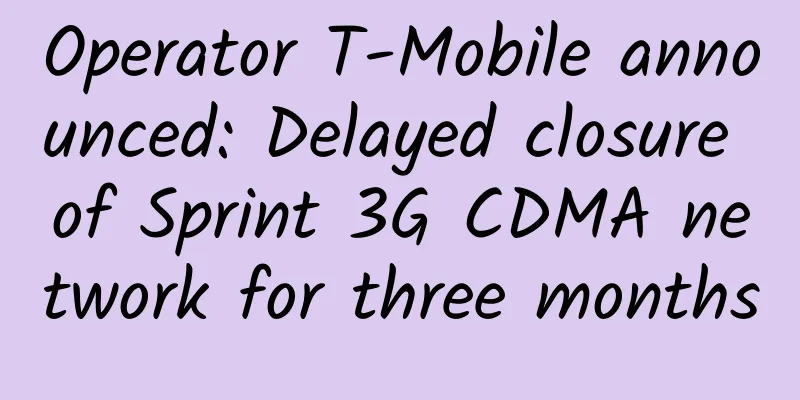
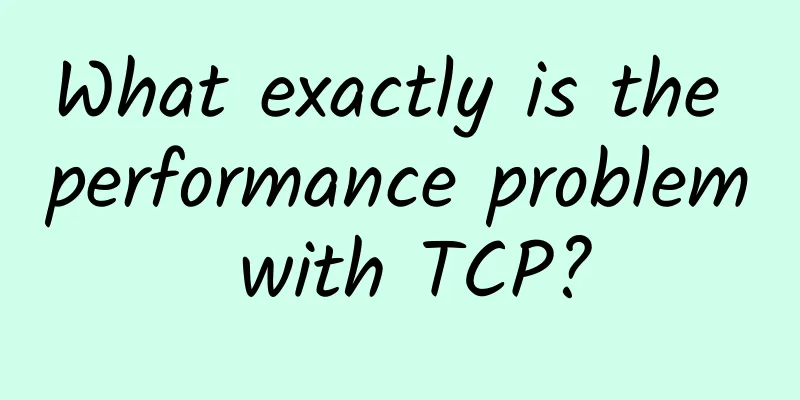
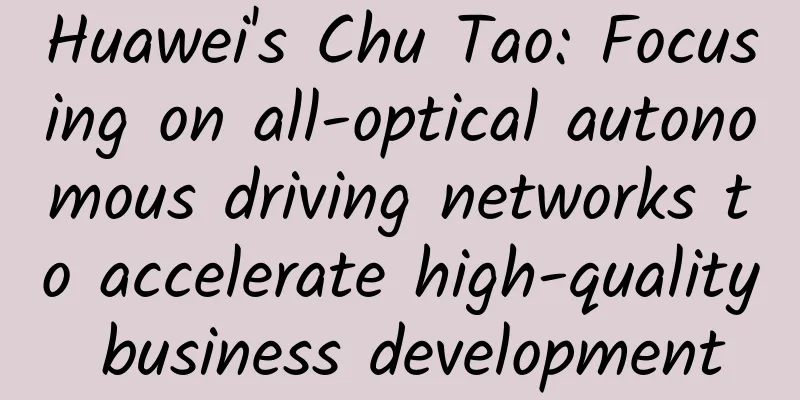
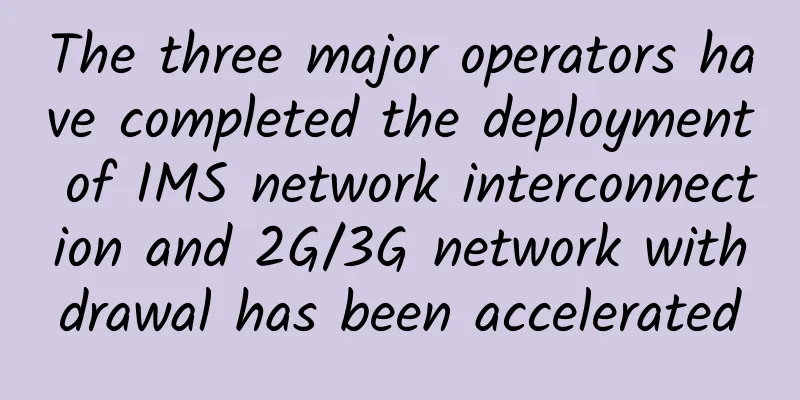
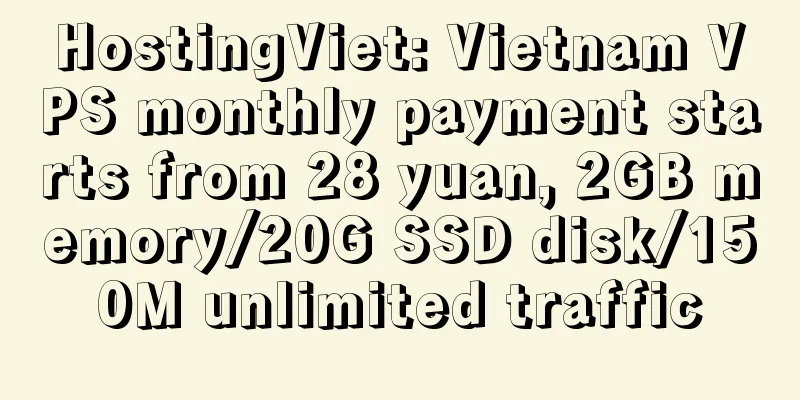

![[Black Friday] spinservers: $270 off San Jose high-end servers, dual E5-2683 v4, 512G memory, 2*3.83T SSD, 10Gbps bandwidth](/upload/images/67cac499cea2f.webp)
